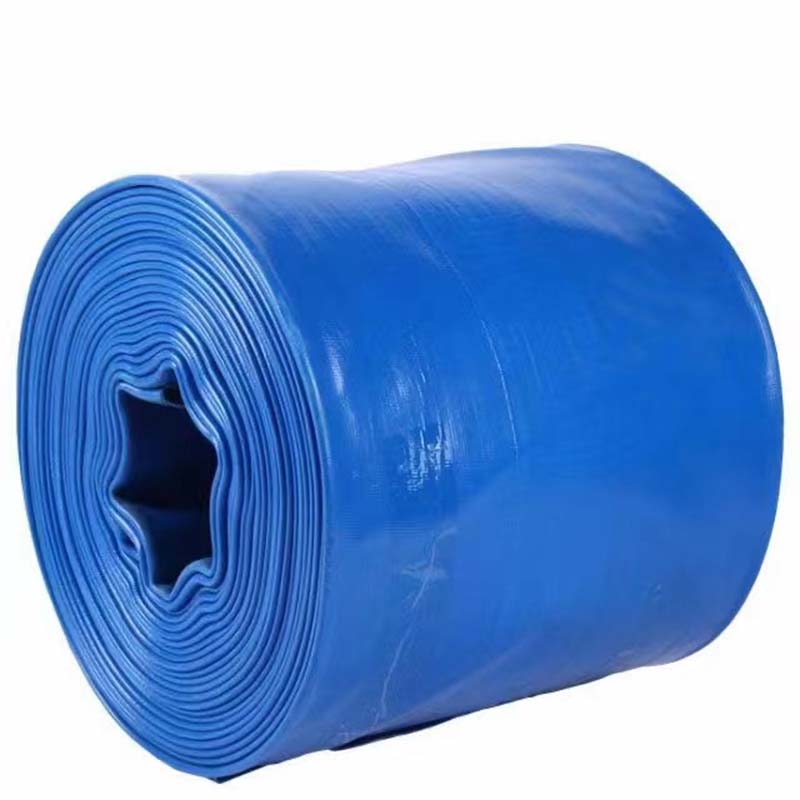Exploring the Benefits and Features of Fiber-Reinforced PVC Materials for Various Applications
The Rise of Fiber PVC A Versatile Material for Modern Applications
In recent years, the demand for innovative materials in various industries has surged, and one such material that has gained considerable attention is Fiber PVC (Polyvinyl Chloride). Combining the beneficial properties of both fiber and PVC, this composite material has emerged as a popular choice across multiple applications, from construction to fashion. This article explores the features, advantages, and diverse applications of Fiber PVC, shedding light on why it is a material of the future.
Understanding Fiber PVC
Fiber PVC is a composite material made by combining traditional PVC with various types of fibers, including natural fibers like jute and cotton, or synthetic fibers such as polyester and nylon. This fusion enhances the material's structural integrity, durability, and aesthetic appeal. The incorporation of fibers into PVC not only improves mechanical properties but also enables a reduction in weight without sacrificing performance.
Advantages of Fiber PVC
1. Durability and Weather Resistance One of the standout features of Fiber PVC is its exceptional durability. It is resistant to moisture, insects, and UV rays, making it an ideal choice for outdoor applications. Unlike wood, which may warp or rot over time, Fiber PVC maintains its structural integrity under various environmental conditions.
2. Versatility Fiber PVC can be molded into various shapes and textures, making it suitable for a wide range of applications. From flooring and wall panels to roofing and siding, the versatility of Fiber PVC makes it a go-to material for architects and designers looking for innovative solutions.
3. Low Maintenance Unlike natural materials that require regular maintenance and care, Fiber PVC is relatively low maintenance. A simple wash with soap and water is usually sufficient to keep it clean and looking new, which is a significant advantage for busy homeowners and commercial property managers.
4. Eco-Friendly Options With sustainability becoming a prominent focus in manufacturing, many Fiber PVC products are now made using recycled materials. This not only helps reduce waste but also decreases the environmental footprint associated with production.
fiber pvc

5. Aesthetic Appeal Fiber PVC can be designed to mimic the appearance of natural materials like wood or stone, offering a high degree of aesthetic appeal without the drawbacks associated with those materials. This enables designers and consumers to achieve their desired look while enjoying the practical benefits of synthetic materials.
Diverse Applications
The versatility of Fiber PVC has led to its adoption in various sectors
- Construction and Architecture Fiber PVC is increasingly used in building materials for windows, doors, and cladding due to its strength and weather resistance. Its ability to be customized in terms of color and texture further enhances its appeal in modern architecture.
- Automotive Industry In the automotive sector, Fiber PVC is utilized for interior components, dashboards, and door panels, providing lightweight and aesthetically pleasing options that meet the demands of modern vehicles.
- Fashion and Accessories The fashion industry has also embraced Fiber PVC, utilizing it in bags, shoes, and outerwear. Its durability and water resistance make it suitable for high-performance fashion items that require both style and functionality.
- Furniture Fiber PVC is making waves in the furniture industry, where it is used to create stylish, durable, and easy-to-maintain pieces. From outdoor furniture to indoor decor, its adaptability is undeniable.
Conclusion
As industries continue to evolve and seek more sustainable and versatile material solutions, Fiber PVC stands out as a remarkable choice. Its unique blend of durability, aesthetic appeal, and low maintenance makes it a compelling option for a myriad of applications. With ongoing advancements in technology and material science, the potential for Fiber PVC is bound to expand, paving the way for a brighter, more innovative future in material engineering.
-
Top Quality Oxy Acetylene Hoses for Sale Fit for Welding DemandsNewsJul.28,2025
-
The Future of Pneumatic Air Tubes in IndustryNewsJul.28,2025
-
Superior and Reliable LPG Hose Pipe Solutions for Every NeedNewsJul.28,2025
-
Exceptionally Durable and Versatile Premium Braided PVC TubingNewsJul.28,2025
-
Best Adapters for Connecting Garden Hose to PVC Pipe ConnectionsNewsJul.28,2025
-
The Essential Role of LPG Hoses in Safe and Efficient Gas DistributionNewsJul.16,2025














